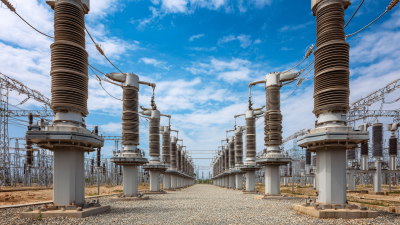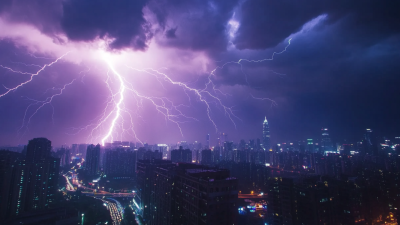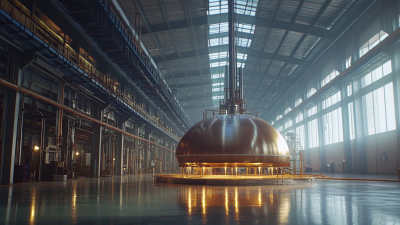
-
Home
-
About Us
-
Products
-
News
-
Blog
-
Contact Us
Leave Your Message

In the realm of modern electrical systems, the integration of advanced protective devices has become crucial to ensure reliability and longevity. One such device gaining significant attention is the Zinc Oxide Surge Arrester (ZOSA), which plays a vital role in safeguarding electrical equipment from voltage surges caused by lightning strikes, switching operations, or other transient events. According to a report by MarketsandMarkets, the global surge protection market is projected to reach USD 2.1 billion by 2026, with ZOSAs leading the charge due to their superior performance characteristics, such as non-linearity and fast response times. The increasing complexity of electrical grids, coupled with the growing prevalence of renewable energy sources, further emphasizes the necessity of incorporating ZOSAs to enhance system resilience. Consequently, understanding the importance of Zinc Oxide Surge Arresters in modern electrical systems is paramount for engineers and decision-makers aiming to mitigate risks and ensure uninterrupted operations.
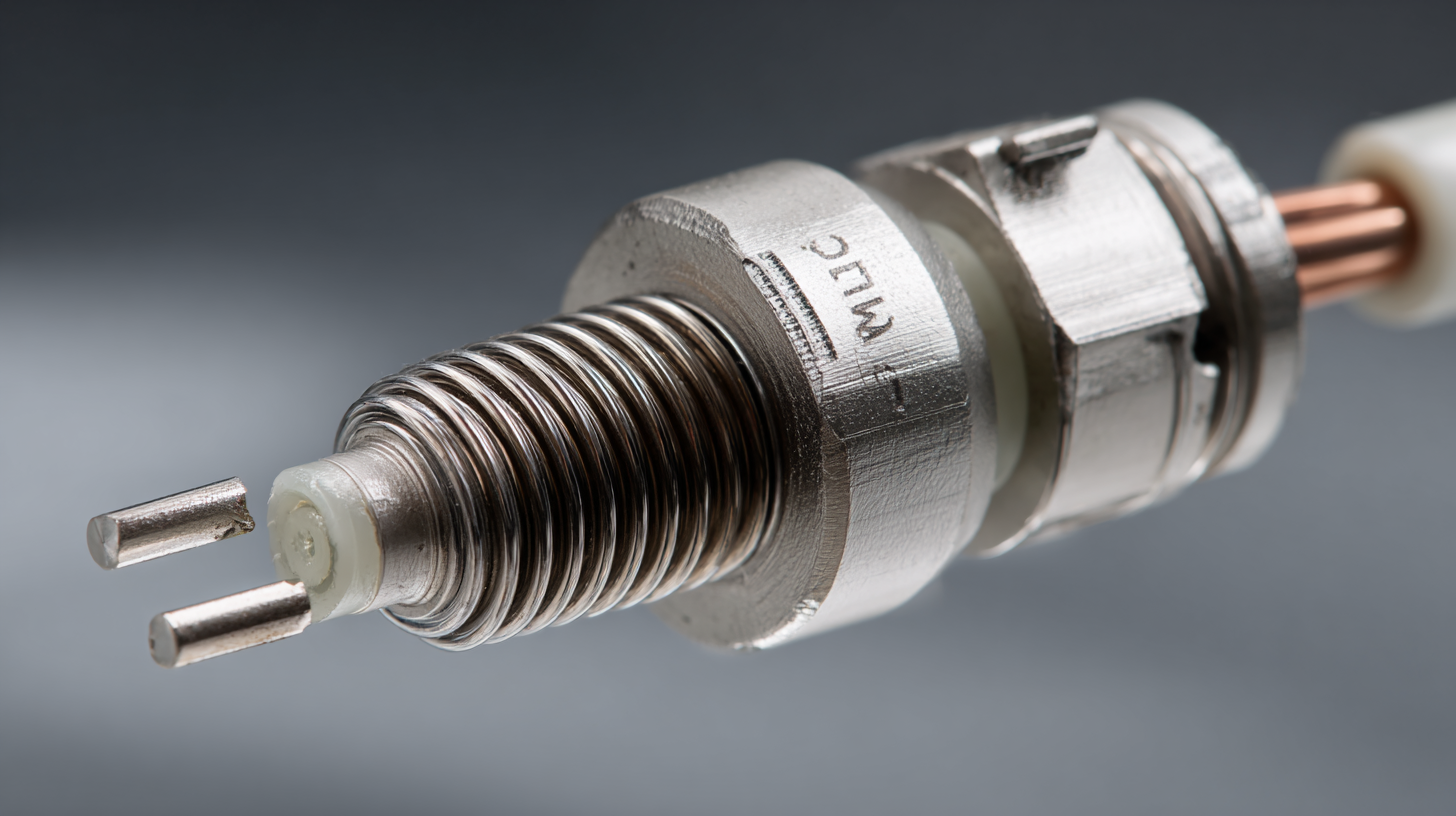
Zinc oxide surge arresters (ZOSAs) play a crucial role in safeguarding electrical systems against transient overvoltages, thereby ensuring the reliability and longevity of electrical infrastructure. According to a report by the IEEE, nearly 80% of electrical equipment failures stem from exposure to voltage surges. This underscores the necessity of implementing effective surge protection measures, with zinc oxide arresters becoming a preferred choice due to their superior non-linear resistance characteristics, which allow them to clamp voltage spikes efficiently without introducing significant capacitance.
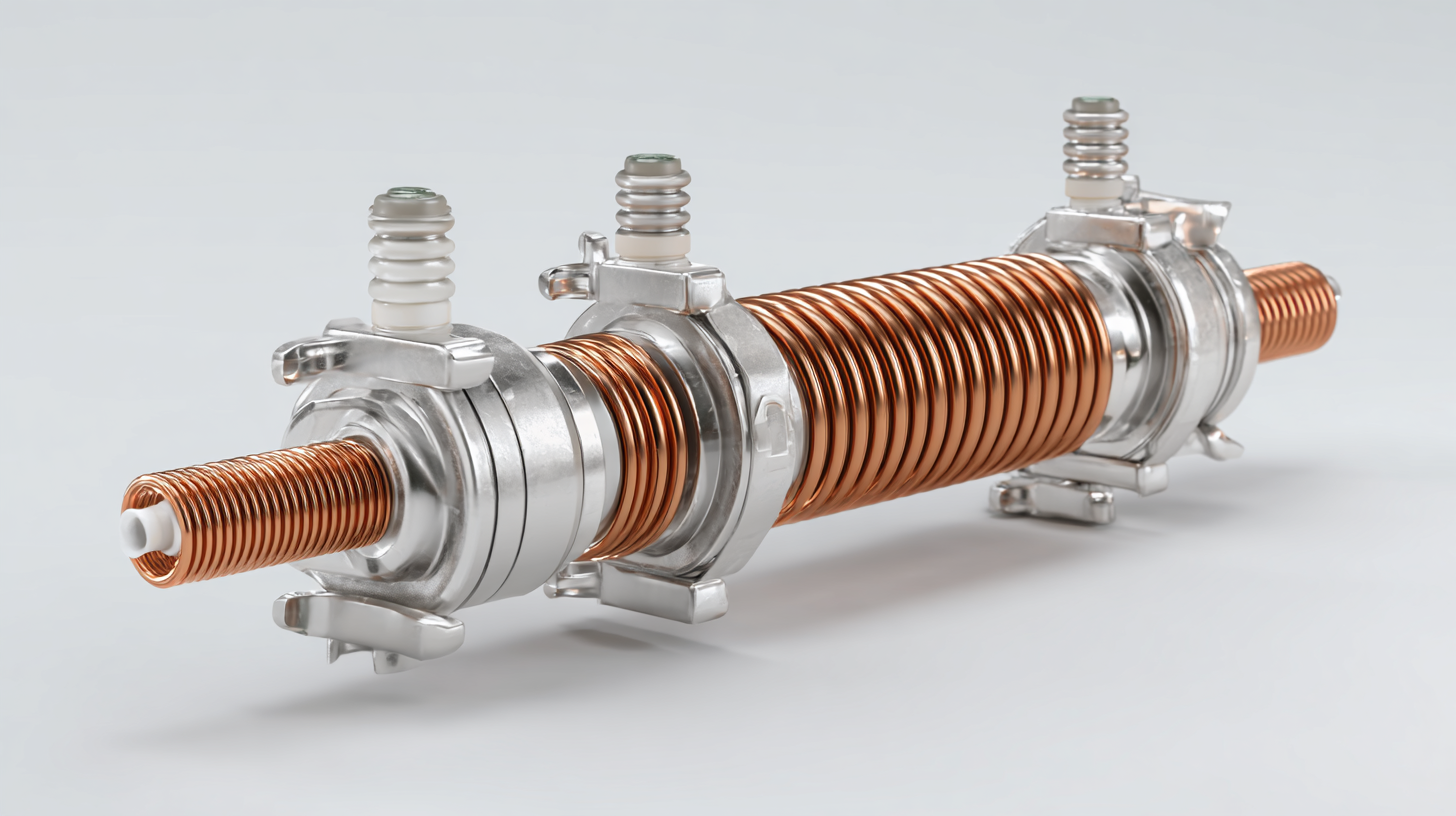
The market for surge arresters, particularly zinc oxide types, has witnessed robust growth, projected to reach USD 1.6 billion by 2026, driven by the increasing demand for enhanced power distribution networks and renewable energy solutions. The adoption of ZOSAs helps mitigate risks associated with lightning strikes and switching surges, which can cause catastrophic damage to transformers, generators, and other critical components. Their installation not only protects costly equipment but also contributes to reducing maintenance costs and downtime, reflecting a favorable return on investment for utilities and industrial sectors alike.
Zinc oxide surge arresters have gained prominence in modern electrical systems due to their superior performance and reliability compared to traditional surge protection devices. One of the key advantages of zinc oxide technology is its non-linear voltage-current characteristics, which enable it to handle transient overvoltages more efficiently. Unlike conventional arresters that rely on series gap technology, zinc oxide arresters function without an air gap, allowing for a faster response time and reduced risk of catastrophic failure. This rapid action mitigates the impact of voltage surges, ensuring a higher level of protection for sensitive electrical equipment.
Recent advancements in reliability-centered condition-based maintenance (RCCM) for zinc oxide lightning arresters have further highlighted their importance in maintaining system integrity. By integrating fault characteristics and health assessment methods, operators can proactively manage the condition of surge arresters. This approach not only extends the operational lifespan of arresters but also enhances overall system reliability.
The ability to perform effective condition assessments allows for timely interventions, reducing unexpected downtimes and improving the efficiency of electrical networks. As such, zinc oxide surge arresters represent a significant evolution in surge protection technology, offering substantial benefits over traditional methods.
Zinc oxide surge arresters are crucial components in modern electrical systems, significantly enhancing reliability and longevity. Unlike traditional silicon carbide arresters, zinc oxide devices offer superior performance by effectively clamping voltage surges. This capability is vital for protecting sensitive electrical equipment, ensuring that expensive machinery remains operational in the face of unexpected voltage spikes caused by lightning or switching operations.
The technology behind zinc oxide surge arresters includes non-linear resistive properties, allowing them to absorb and dissipate excess energy efficiently. This characteristic results in a reduced risk of equipment failure and extended service life. Furthermore, the robust design of these arresters minimizes maintenance needs and operational downtime, making them an ideal choice for both industrial and utility applications. As electrical systems continue to evolve, the integration of zinc oxide technology not only bolsters operational reliability but also contributes to the sustainable management of energy resources.
| Parameter | Zinc Oxide Surge Arrester | Traditional Surge Arrester |
|---|---|---|
| Voltage Rating (kV) | 3 - 36 | 3 - 33 |
| Energy Absorption Capability (J) | 1500 - 5000 | 500 - 2000 |
| Response Time (ns) | < 100 | 300 - 600 |
| Temperature Range (°C) | -40 to +60 | -20 to +50 |
| Service Life (years) | 30+ | 10 - 20 |
| Maintenance Frequency | Low | High |
Zinc oxide surge arresters (ZOSAs) play a crucial role in protecting modern electrical infrastructure from transient overvoltages. These devices are widely used in various applications, including power generation, transmission, and distribution systems. By effectively managing voltage spikes caused by lightning strikes or switching operations, ZOSAs ensure the reliability and longevity of critical electrical equipment. Their high-energy absorption capability allows them to withstand significant surge events without compromising performance.
In addition to power systems, zinc oxide surge arresters are increasingly utilized in renewable energy installations, such as wind and solar farms. As these technologies become more integrated into the grid, the need for robust protective measures against voltage surges has risen. ZOSAs help maintain the stability of these systems, safeguarding sensitive electronic components from damage. Their compact size and improved efficiency compared to traditional arresters make them an ideal choice for handling the unique challenges presented by modern electrical networks. Overall, the application of zinc oxide surge arresters is essential in securing the integrity of contemporary electrical infrastructure.
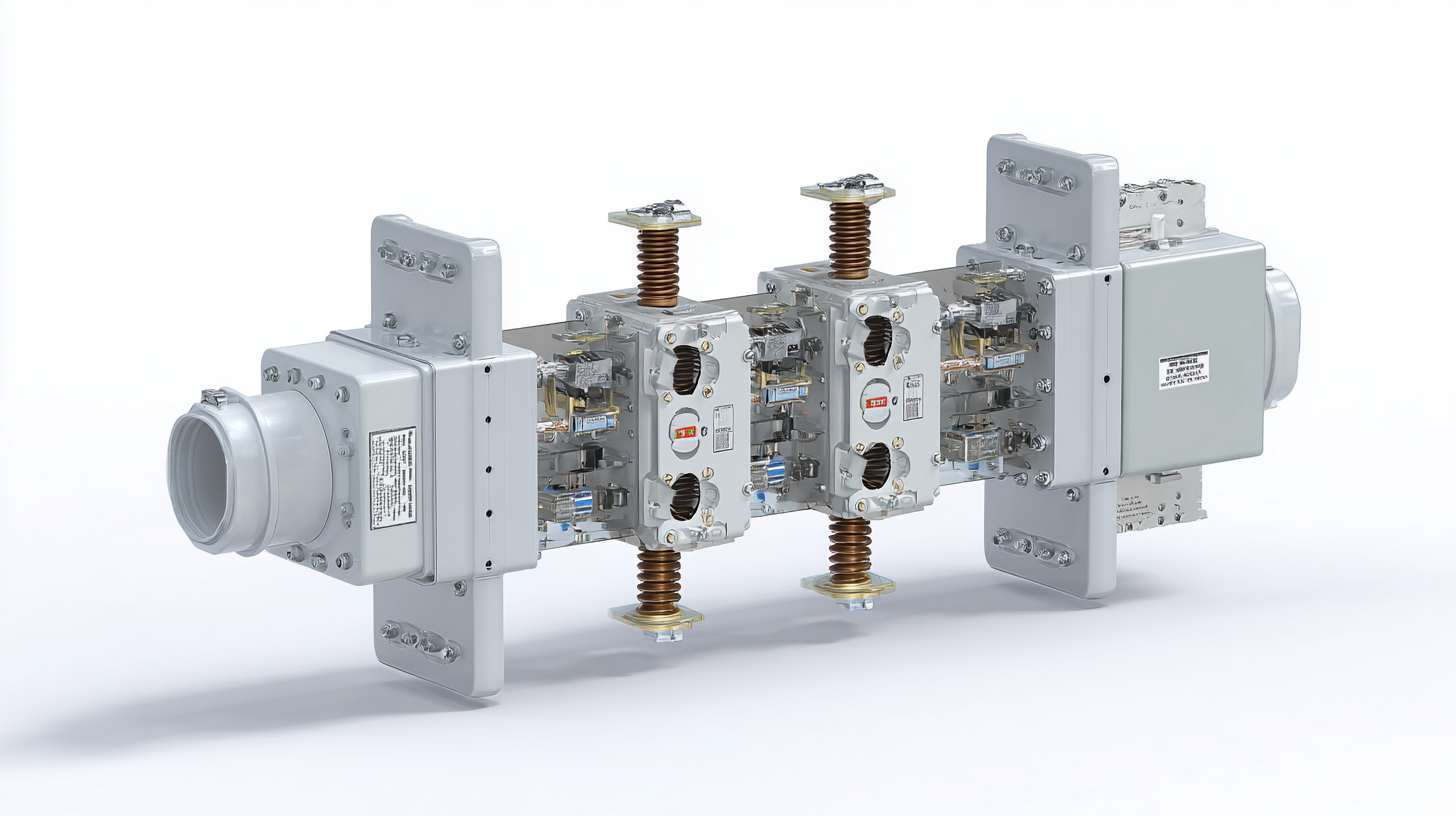
The evolving role of zinc oxide technologies in surge protection is becoming increasingly significant as modern electrical systems grow more complex and interconnected. As technology progresses, the demand for efficient, reliable surge protection solutions escalates. Zinc oxide surge arresters are favored for their ability to handle high surge currents, effectively clamping voltage spikes while offering superior performance over traditional silicon carbide devices. This shift underscores a growing recognition of the need for advanced materials that can sustain high energy loads without compromising safety or efficiency.
Looking ahead, innovations in zinc oxide technology may further enhance the resilience of electrical systems. Research is being directed towards improving the thermal and electrical characteristics of zinc oxide, promising to extend the operational lifespan and reliability of surge arresters. Moreover, the integration of smart technology to monitor and manage surge protection devices in real-time could transform their utility in both residential and industrial applications. As professionals continue to explore the potential of zinc oxide in addressing the challenges posed by renewable energy sources and fluctuating electrical loads, it becomes clear that this material has a pivotal role in shaping the future of surge protection solutions.
